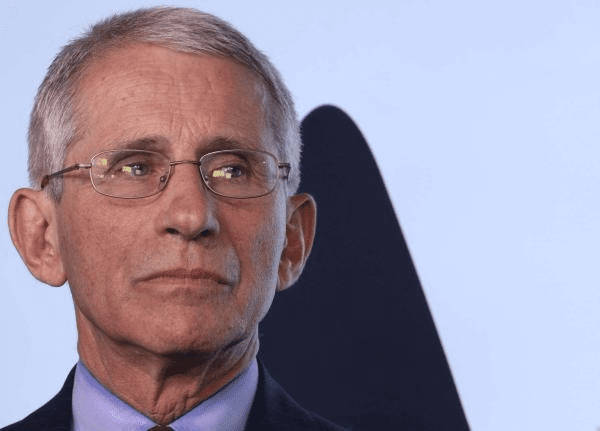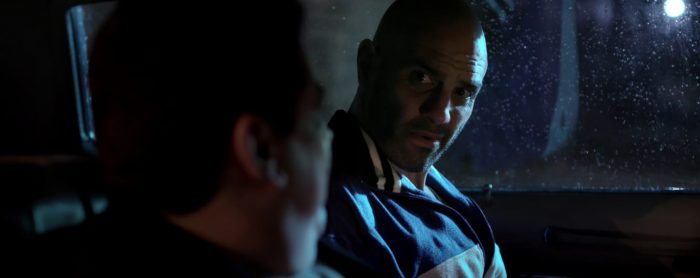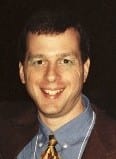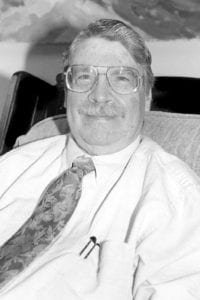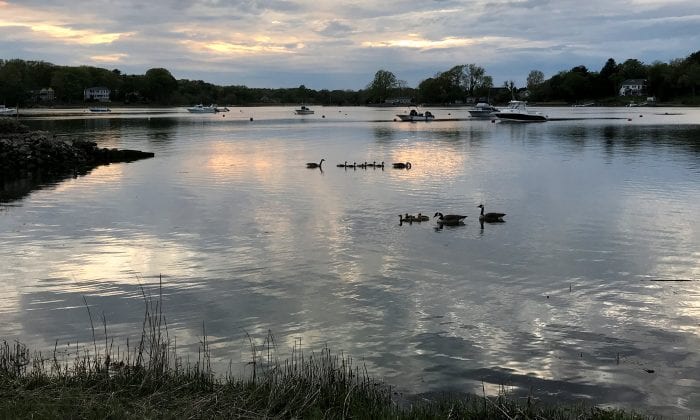Jefferson’s Ferry, a not-for-profit Life Plan Community in South Setauket, has promoted Elissa Gargone to Vice President of Sales and Marketing. In her new position the Miller Place resident will be responsible for developing and implementing marketing programs, touring and counseling potential residents, and tracking occupancy in independent and assisted living. Jefferson’s Ferry President and Chief Executive Officer Robert E. Caulfield made the announcement.
“Elissa is an integral part of the Jefferson’s Ferry community and a valuable resource to our senior management team,” said Caulfield. “She consistently demonstrates an outstanding level of commitment and care to our residents, and to those who are considering Jefferson’s Ferry. We are especially fortunate to have her in this position during a time of significant expansion that is our Journey to Renewal.”
Journey to Renewal is an ambitious, multi-year expansion and renovation of the Jefferson’s Ferry campus that will enhance the lifestyle and experience for current residents while anticipating the desires and needs of a whole new generation of Long Islanders who are planning for retirement.
The expansion calls for the construction of additional independent living apartments, a new assisted living building specially designed for memory care, a state-of-the-art rehabilitation center, along with expanded homelike common spaces in assisted living and skilled nursing. Amenities including dining and fitness options will also be given an upgrade during the Journey to Renewal.
Gargone first joined Jefferson’s Ferry in 2010 and in that time has grown with the community as it has matured and evolved in an ever changing marketplace. She most recently served as Director of Sales & Marketing.
“Over the years that I’ve been here, I’ve not only learned from the example of my outstanding colleagues; I’ve seen firsthand what this community does for our residents. They thrive in an environment that provides stimulating companionship and activities while freeing them from many of the tasks and stresses of daily living. I’m excited for the challenges and rewards that my new position will offer during this exciting transition.”

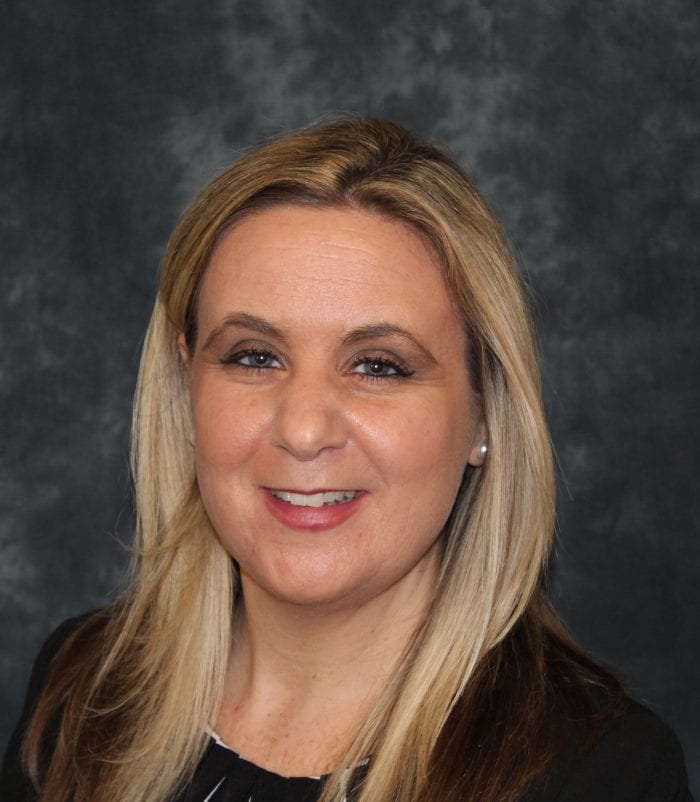

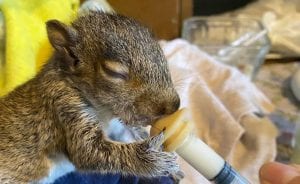
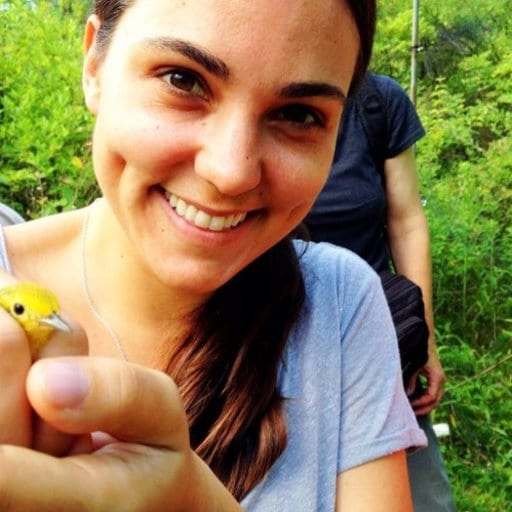
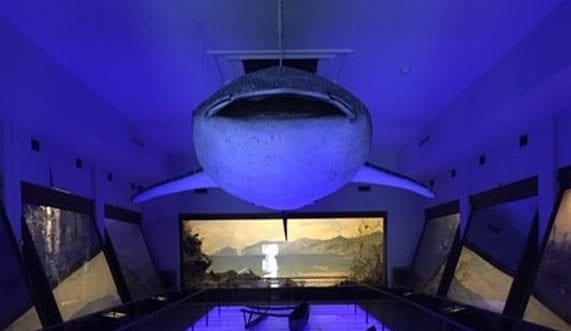

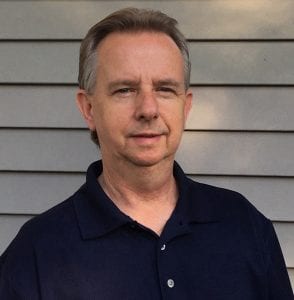
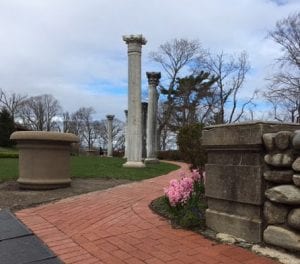
 Night in the Museum
Night in the Museum The whale shark swings / Both to and fro,
The whale shark swings / Both to and fro,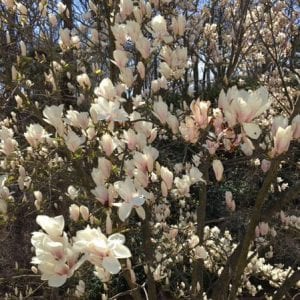 The Plan
The Plan
